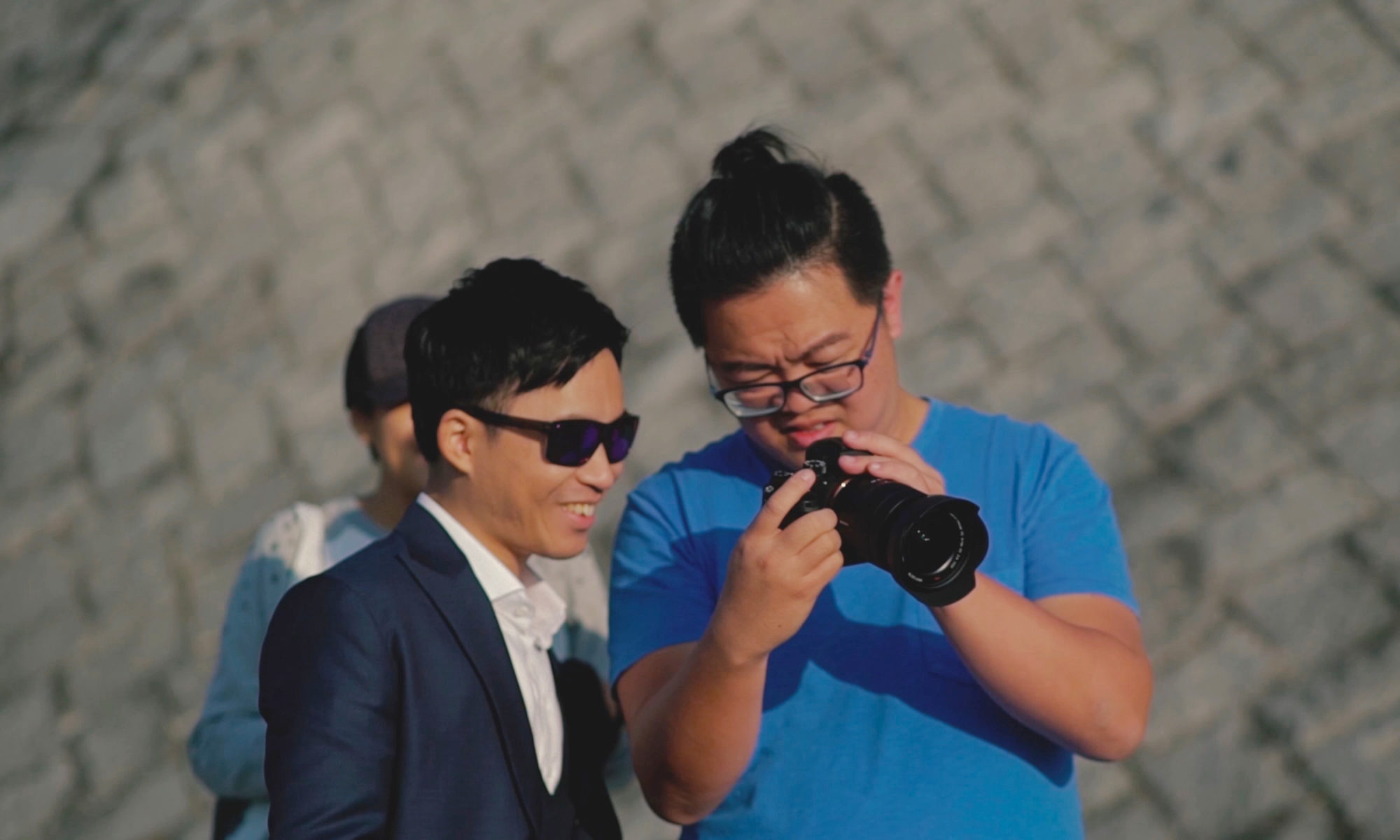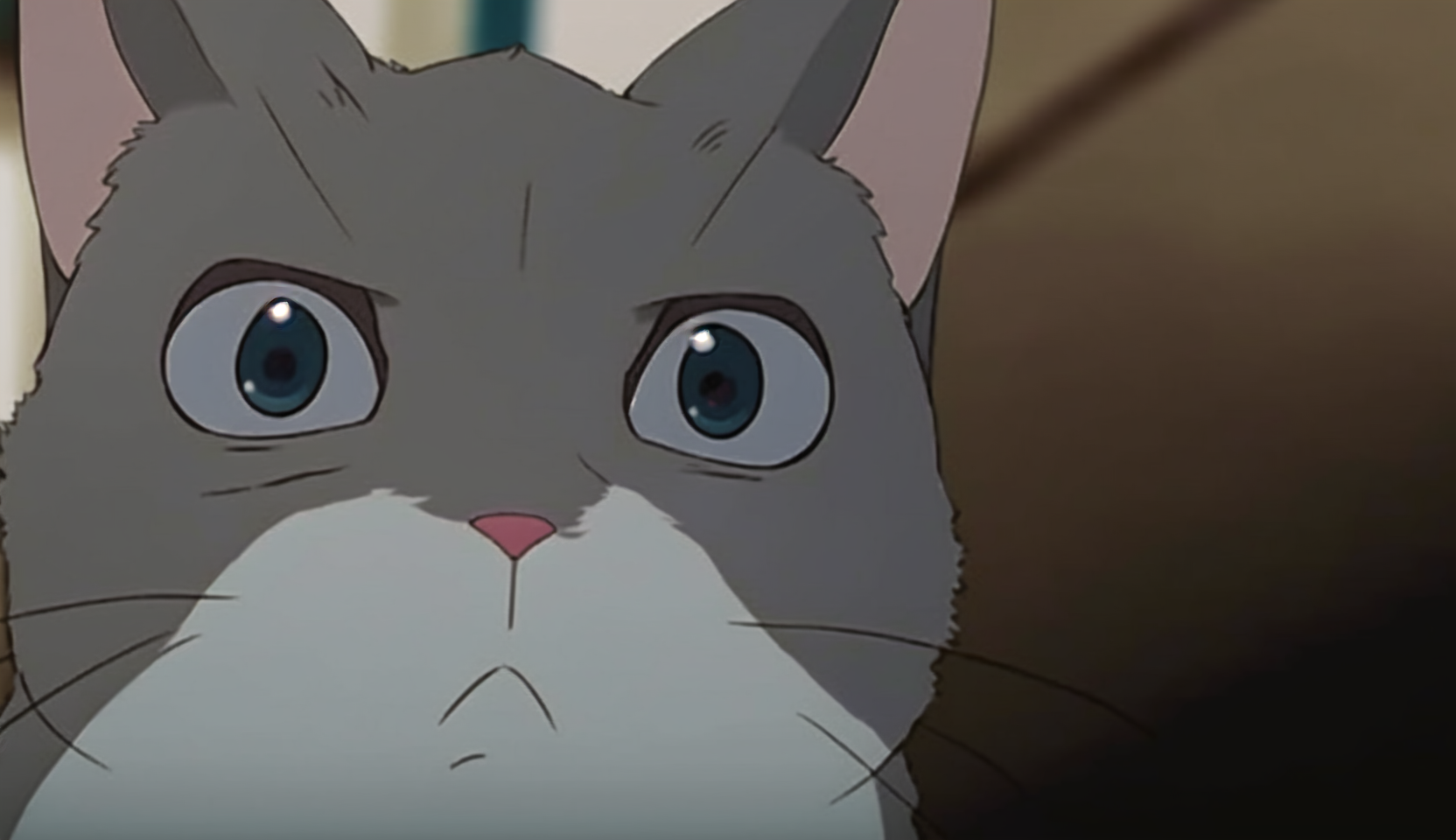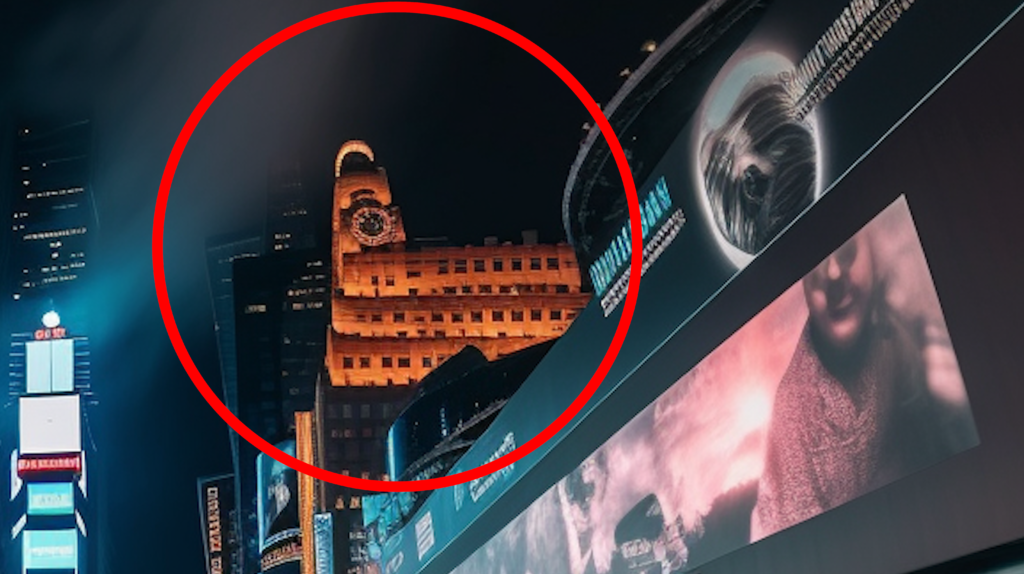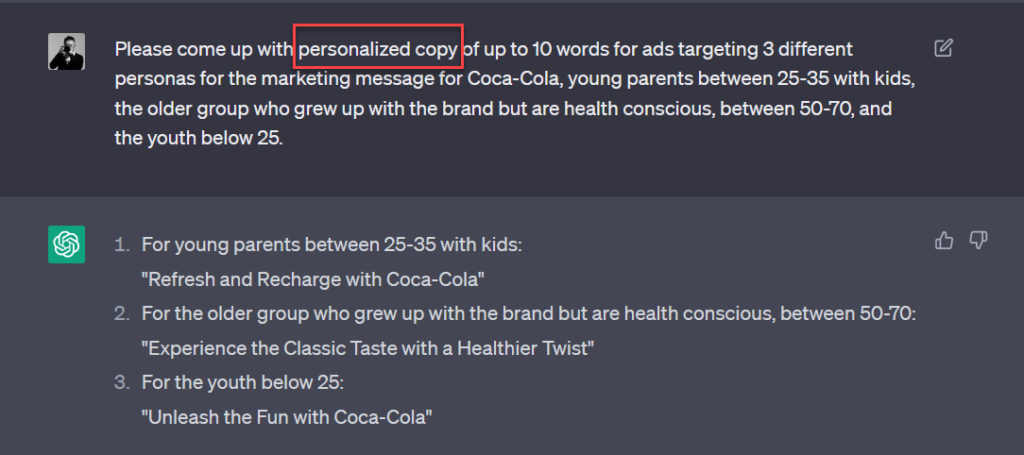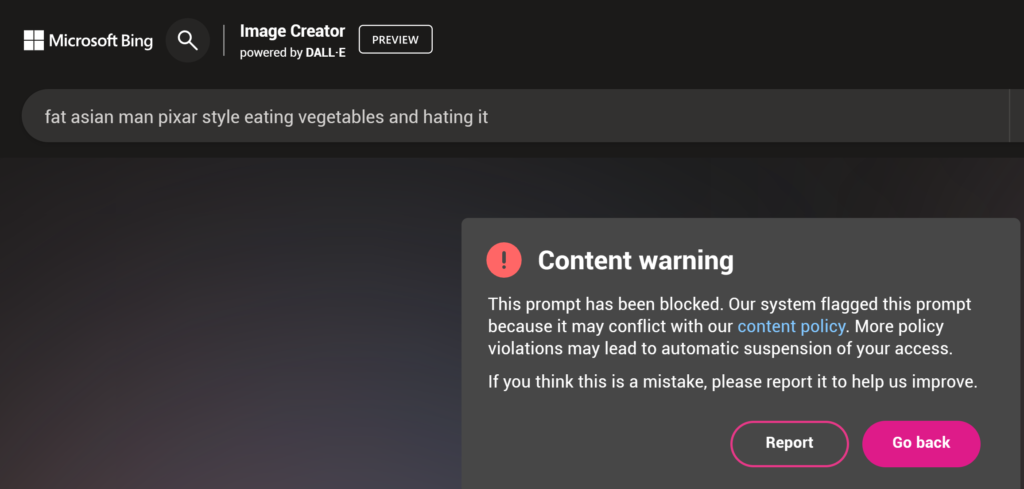
Social media is a powerful amplifier of the human mind.
Human problems, such as selfishness, hatred, lust, greed, and laziness are amplified. We see this in an increased amount of depression being reported. We see this in research which shows social media correlating to increased feelings of depression among its users and another study that connects increased screen time among teenagers with a higher risk of depression and suicide.
Social media has also magnified positive traits like generosity and kindness.
This is because social media algorithms, whether you are talking about Facebook, TikTok or Youtube, are designed to maximize human engagement and consumption.
As a result, social media can be both a force for positive change and a source of negativity.
What is the difference? Mental fitness and wisdom. If individuals are emotionally stable, mentally sound, and self-aware, they are less likely to be negatively impacted by social media. Conversely, those who struggle with mental health issues, or are unaware of the impact of social media on their mental well-being, are more vulnerable to negative effects.
Social media is one of our first encounters with an artificial intelligence (AI) at scale, and it has already had a significant impact on the human mind.
The next generation of AI, such as generative AIs like ChatGPT, have the potential to amplify the human mind even further. Therefore, mental health and fitness are more important than ever, as we continue to navigate the complex and evolving landscape of technology and its impact on our lives.
As a parent, I am consciously weighing my options as we move into this new world. I have friends who try to put off exposure of their children to social media as long as possible, by limiting their usage of the Internet. This is possible because their children are home-schooled.

For me, that isn’t really an option, but it is also not an appealing one to me. I try to control exposure, and guide them to the realities of these technologies while teaching them how to be mindful of their mental being.
It is tantamount to giving my kids drugs in order for them to experience addiction, so that they can manage their minds better. Much like how vaccinations work, we have to expose their minds to inoculate them from harmful effects.
Sounds scary? I am not exaggerating when I describe social media now, and the GPTs that are arriving as drugs, I really am concerned. But what can I do, when this drug is going to be a part of the new reality we are moving into?
